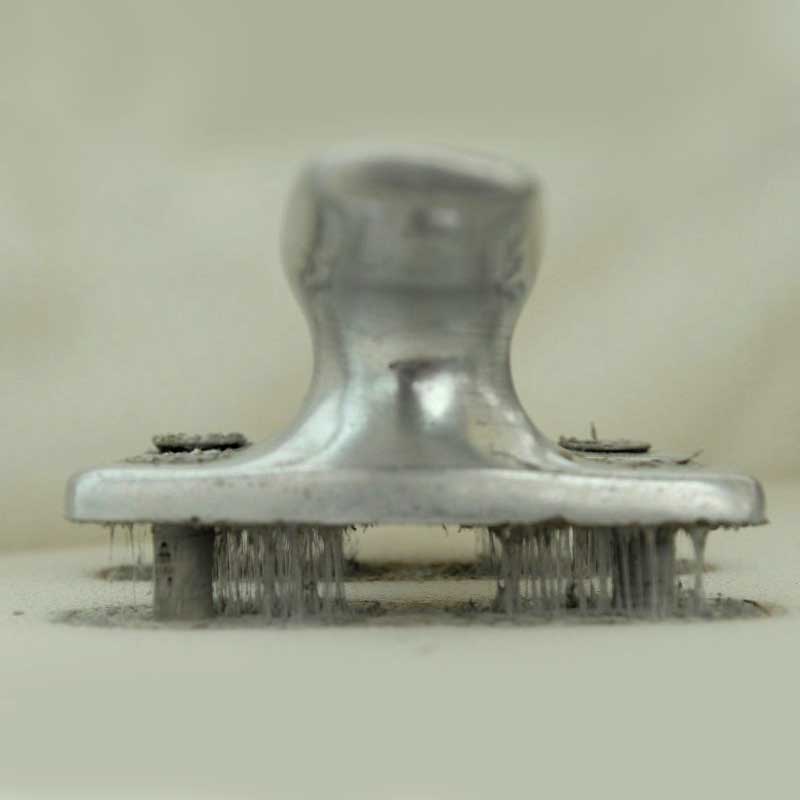There really is no rule for where to install it, only rules for how to install it.
1. Use heavy backing plates. Fasten backing plate to underside of deck with 5200. Fasten the cleat to the deck with 5200. Use only through-bolts with locknuts and large ('fender') washers. This is structural, for a vital function (holding boat to dock). Don't underestimate need for strength.
2. Mooring cleats must always be oriented in a linear direction - in line with the line(s) that attach to them. NEVER install a cleat so that the load pulls sideways on the fitting. NEVER install a cleat so that the load pulls UP on it. Neither the mounting system nor the piece of hardware itself is meant for either of these loads.
3. Open-base cleats (like Herreshoff style) are most versatile. They will endure light(er) loads in the wrong alignments, such as when clipping the shackle from a whisker-pole downhaul or even a vang tackle, in a pinch. They also require four bolts and not two, which helps it in those wrong alignments.
4. Use only stainless-steel marine-grade cleats. Avoid all hardware made of chrome-plated ZAMAC (zinc/aluminum/magnesium), since, in fact, these three metals cast in an alloy are already metallurgically hating each other and the chrome plating will set up a further case of bimetallic incompatibility. Expect all ZAMAC hardware to start shedding its chrome plating after just one season. (If you doubt me, look at any motorboat and see what I mean.)
5. Midships cleats are typically used for spring lines. Spring lines are typically much longer than bow and stern lines. Consider the length of line you'd like to use (on my H25 these lines are 25-footers) and consider that they can be of a smaller line size than the bow and stern lines (mine are 3/8"; the others are 1/2"). The end lines really hold the boat fast; the spring lines keep it from sawing back and forth and causing damage to itself and to the dock (or the other vessel). Also remember there will be TWO spring lines on each side, both tied to the same cleat (unless you fit two such cleats to each side; it is often done), so choose a cleat size accordingly.
6. Remember also that wherever you do put it, you WILL hook your foot on it, often, and say loudly things which should not be said in polite company, every time; so plan accordingly for that too.


